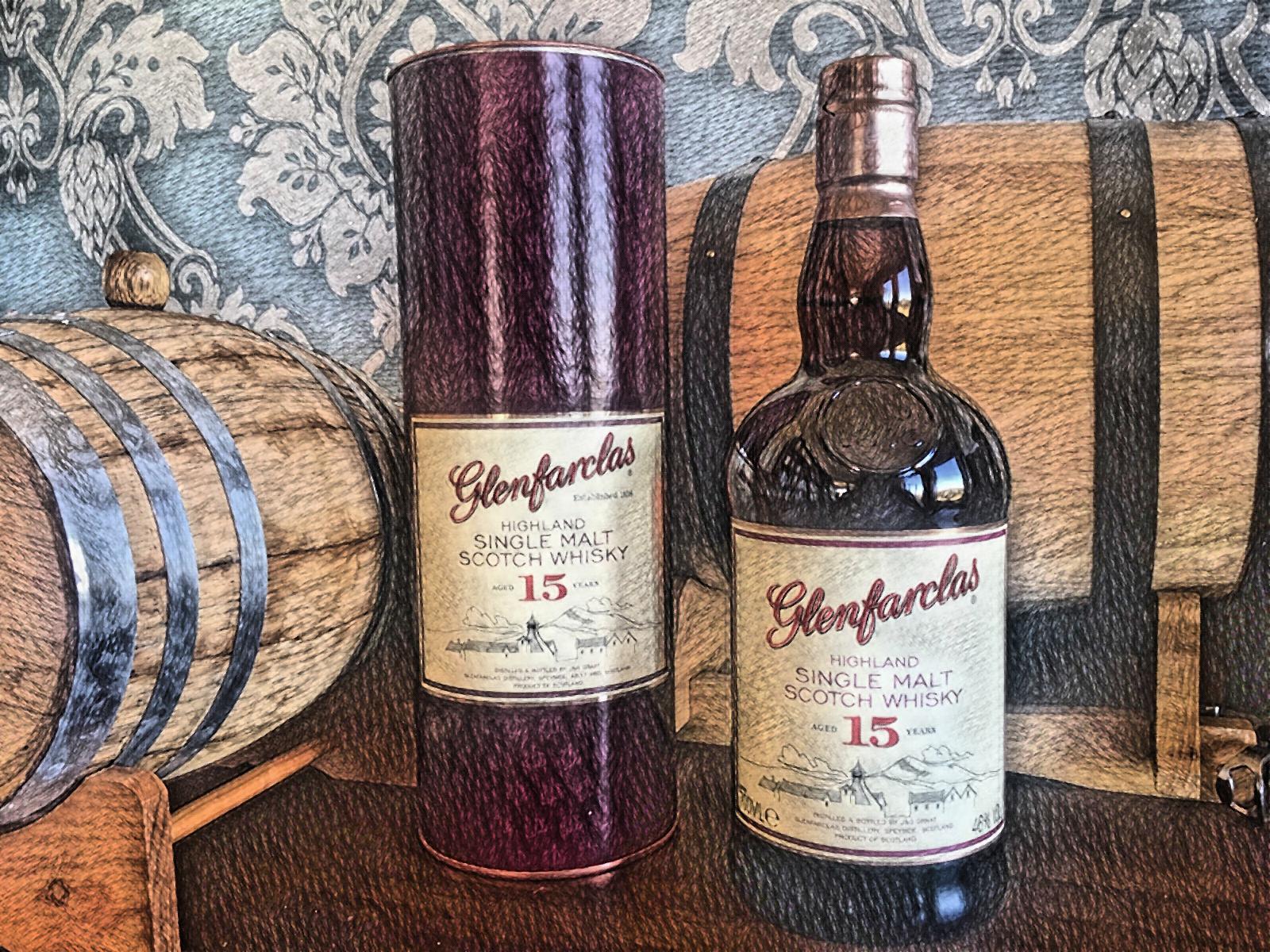Posted by: Nick and Ted
AWH is dead. Long live Lark Distilling Co.
Recently there has been quite a bit of talk and speculation surrounding Lark and a couple of their new releases. The new Symphony No. 1 and the 3rd Wolf of the Willows collab both bear the Lark logo on their labels, however the former states that it is a ‘blended malt’, while the latter proclaims that it was distilled at their ‘Bothwell site’ (i.e. Nant Distillery).
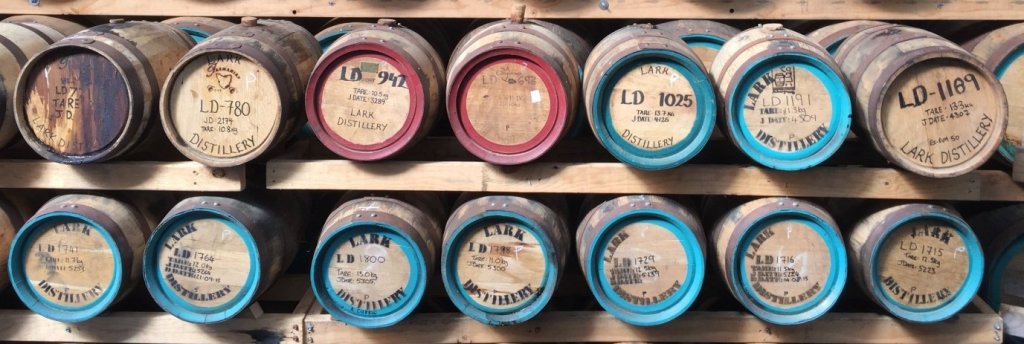
The fact that both releases contain spirit that was not distilled at Lark’s Cambridge site sparked controversy in some quarters – should the labels really still say Lark, or should they be called something else entirely?
Enter, the House of Lark.
To cut through conjecture and rumour, Whisky Waffle went straight to the source at the Lark Cambridge production site and met with Head Distiller Chris Thomson.
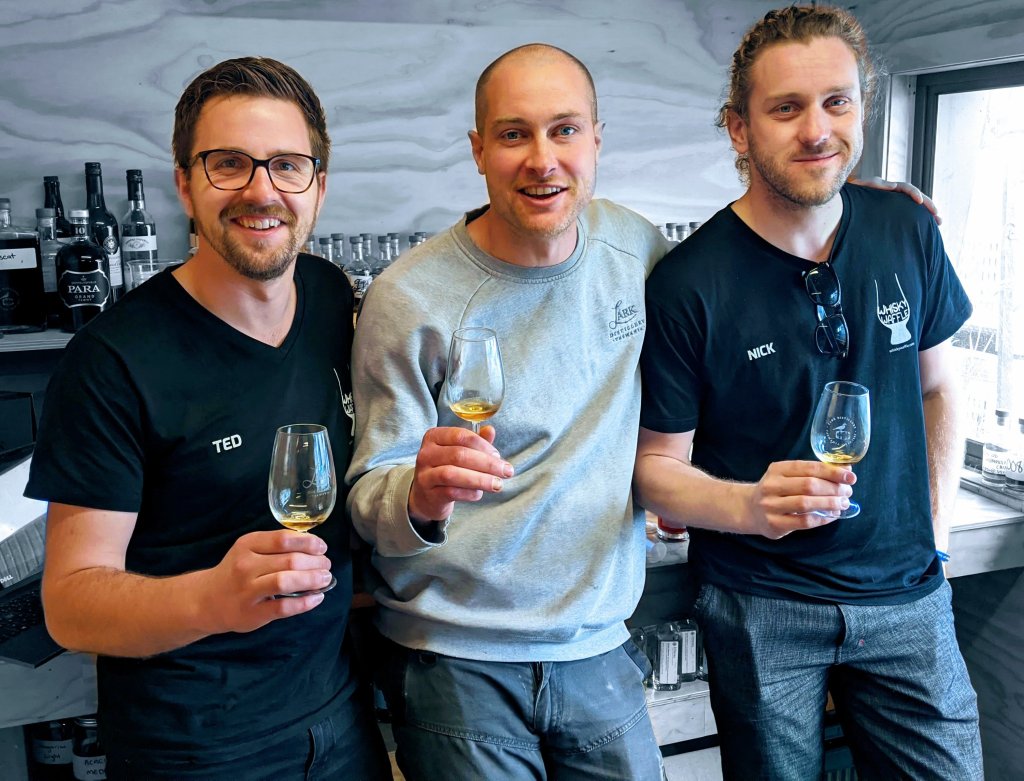
Chris was able to reveal to us that Australian Whisky Holdings (AWH) has been reformed as Lark Distilling Co. and will release Lark, Nant and blends such as the Symphony No. 1 under the umbrella of the ‘House of Lark’. The bottle label will specify which distillery site the spirit was produced at for single malts, or state if the release is a blended malt (but won’t necessarily identify the individual distilleries).
However, we are able to exclusively reveal that the Symphony No. 1 is a combination of Nant, Overeem and Lark casks. In regards to the Wolf of the Willows 3rd collab release, Chris told us that he had searched the entire House of Lark portfolio for the perfect whisky to finish in Wolf’s Johnny Smoke Porter barrels, eventually landing on Nant.
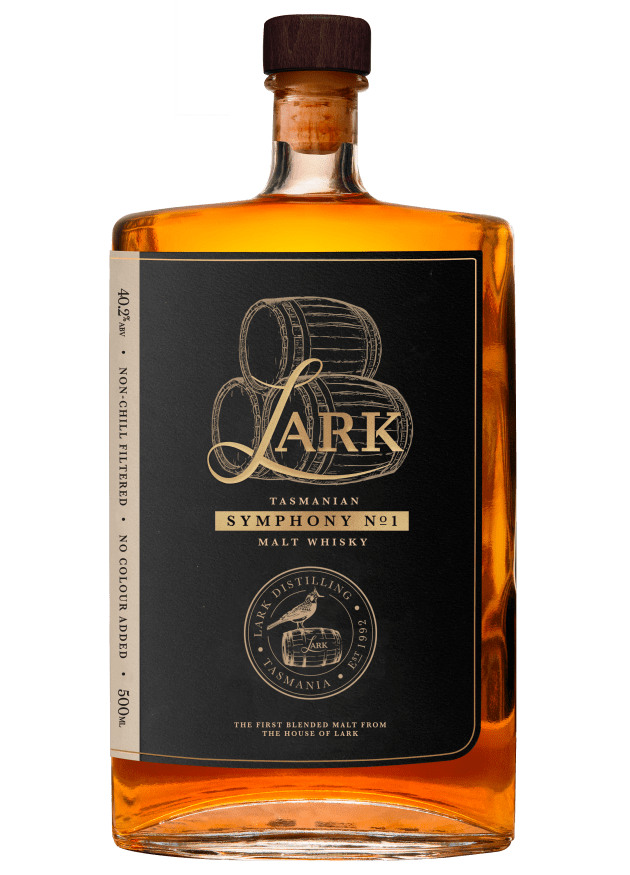
Speaking of Nant, Chris confirmed that the name will survive, but will have the House of Lark brand on the labels alongside the Nant logo. He said that moving forward, Nant will continue to release bourbon, sherry and port casks, but will move away from the brand’s traditional single-casking to a “marriage style”.
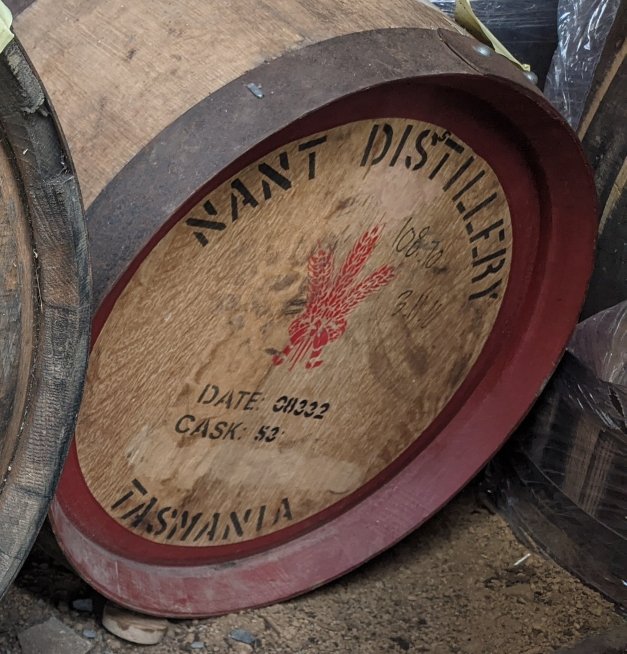
Chris is now the head distiller across the entire House of Lark portfolio, giving him creative control across all the brands and access to the full range of Lark Distilling Co. barrels –
“Growing in size means that there are more casks to pick from and less pressure to get stock out, so we can take more time with the barrels.” Having more stock to choose from also means that they can select the right cask for the right purpose.
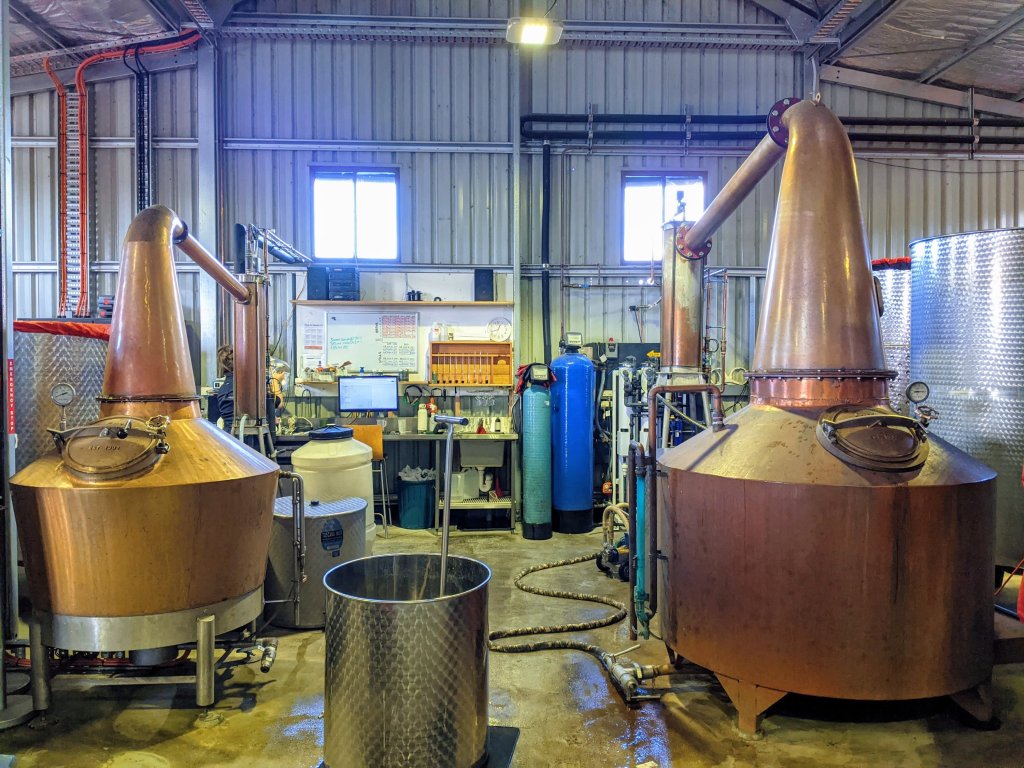
Chris acknowledges the need for transparency and that there may have been some confusion amongst consumers about the origins of the Symphony No. 1 and the 3rd Wolf of the Willows releases – “The goal has always been about quality, but we’re still learning lessons about how best to communicate that.”
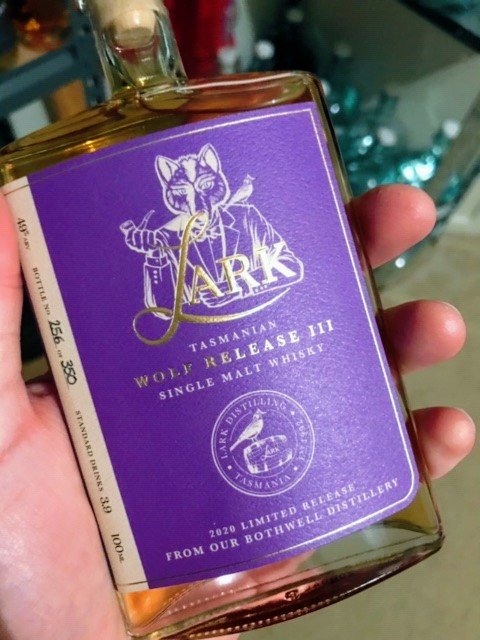
Chris said that they would be working to educate consumers about the meaning and ethos of the House of Lark, as well as taking practical steps like increasing the font size of the distillery origin on the labelling for better clarity.
Our biggest takeaway from our meeting with Chris was just how excited (or in his words “beyond pumped”) he was about the new direction for the company and the move to the House of Lark identity. Speaking enthusiastically about the Symphony No. 1 release, he told us that –
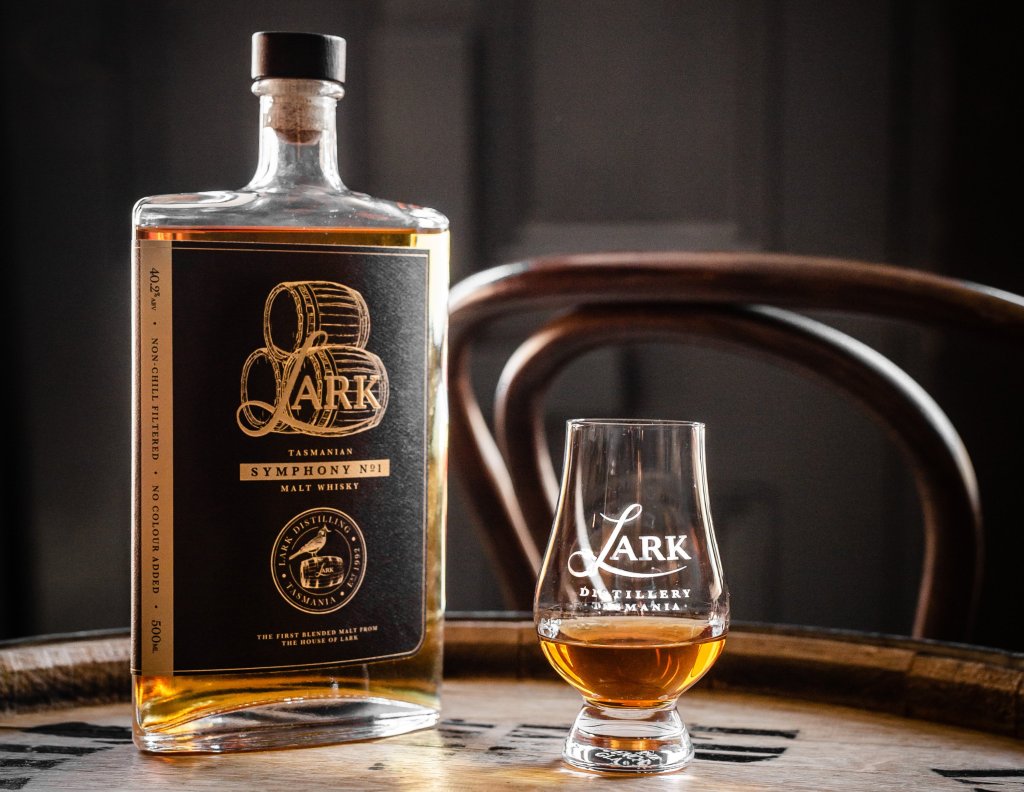
“It’s about accessibility and drinkability, with enough complexity for people who have drunk malt for a decade, or you can sit back with your buddies who have never drunk malt before and they’ll love it. It can be mixed, straight, on ice or in a cocktail.
“For me this is just the next step in the evolution of Australian and Tasmanian whisky.”

























